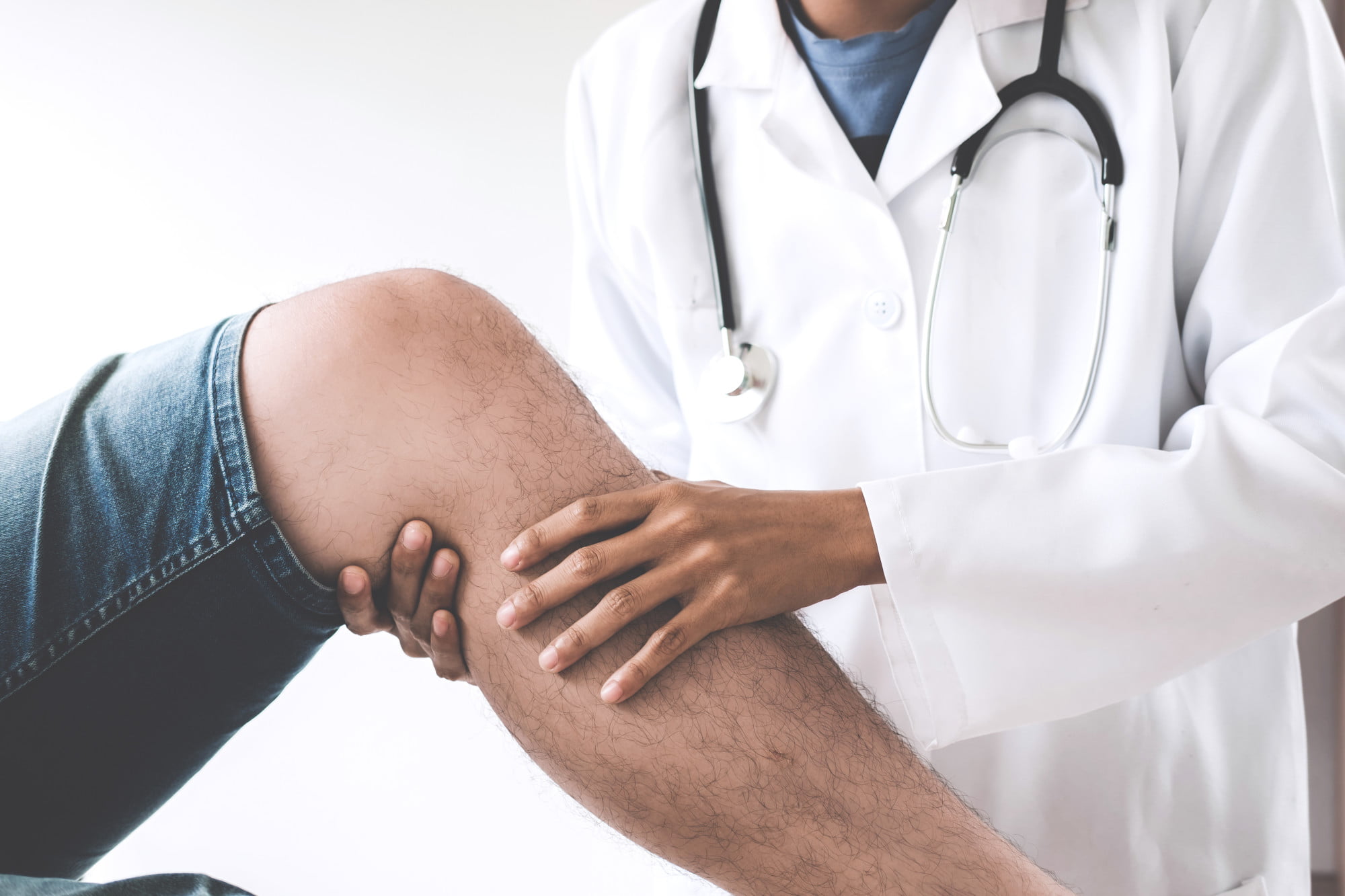Does your leg hurt when you walk? Have you avoided running? Do you have cold feet or even cold hands? These are all peripheral artery disease symptoms.
According to research, these feet problems affect many people around the globe. It’s a growing issue, yet many people don’t even know of this silent danger to their health and their life.
So if you’re experiencing leg issues, don’t delay consulting with your doctor. The earlier you are diagnosed, the more likely you are to receive peripheral artery disease treatment before it progresses. Let’s dive deeper!
Aching or Cramping in the Foot, Ankle, or Thigh
One of the most common symptoms of PAD is claudication. This is usually an intermittent cramping pain, which occurs with activity and is relieved with rest.
The discomfort may vary from mild to severe, depending on the severity of the blockage, and can continue even after resting.
Pain or Numbness in the Lower Legs and Feet
Pain or numbness is one of its most common symptoms, as decreased blood flow to the legs can cause a burning feeling in the muscles. It normally worse when walking or during physical activities, and can disappear with rest.
Additionally, it can cause numbness, tingling, or weakness in the legs, due to the lack of nutrient-rich circulating blood.
Difficulty Walking or Climbing Stairs
When the arteries are narrowed, it reduces the amount of blood flow to the legs. This can lead to decreased physical activity and difficulty with simple movements such as walking or climbing stairs.
Ulcers or Sores That Won’t Heal
Other common signs of PAD are ulcers or sores that won’t heal, especially on the feet and lower legs. These can range in appearance, from red and irritated skin to open and deep wounds.
The sores usually result from poor blood supply and diminished oxygen levels in the tissue, which can lead to a weakened immune system and tissue death. Read more info on foot ulcers for early detection and aggressive treatment to avoid any further damage.
Color Changes or Thinning of the Skin on the Legs
Color changes in the skin or discoloration of the feet or lower limbs can mean a lack of adequate circulation, as well as poor oxygen delivery to the affected areas.
Also, the thinning of the skin is a serious symptom of PAD as this is linked to a greater risk of ulceration and infection.
Decreased Hair or Slow Nail Growth in the Toes
Hair loss is particularly targeted in the area between the fourth and fifth toe, and hair thickness should also be compared from one leg to the other. Additionally, slowed nail growth may appear which can be seen by a decrease in nail length, thickness, and discoloration.
A Guide to Peripheral Artery Disease Symptoms
There are unpleasant peripheral artery disease symptoms that can significantly impact your quality of life. If you experience any of these signs including leg pain, fatigue, wounds, and more, it’s important to speak with your doctor right away.
Early diagnosis and cure can help prevent more serious problems.
Did you find this article helpful? Check out the rest of our blog now!









